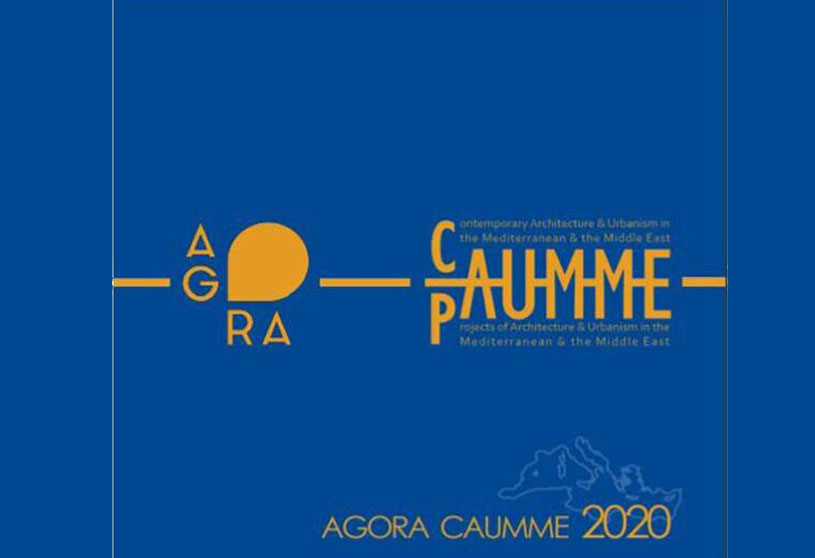Announcement / News
ABOUT THE CONFERENCE
The Mediterranean and Middle East regions have long played an integral, if sometimes volatile, role in the urbanization of the world. The Mediterranean littoral has witnessed rapid growth of population between the 20th century and the beginning of the 21st century, from 281 million to 470 million inhabitants.
The level of urbanization was not limited only to the Middle Eastern region, but it was also witnessed in the whole world, leading to the emergence of new cities, including new urban social, political, industrial, and sometimes cultural factors, and, as a result, over half of the world’s populations are now city dwellers. Urban interconnected communities currently contribute to a rapid-growth phenomenon, as witnessed today.
Furthermore, migrations, globalization, wars, post-colonization, new urban communication systems, economic and political activities, have a direct effect on urban forms through the growing demands on infrastructure and services. The new urban parameters in the last decades forced cities to work with expansion strategies to house the increasing population, rather than adjusting the existing structure to overcome the changes. As a result, the existing urban fabric is being neglected, and the population growth has to “cope with the insufficient infrastructure and cities having to manage the lack of planning to meet the needs of all people” (World Economic Forum Report, 2017).
In this context, it becomes clear that the last decades’ urban challenges affect the physical and social structures 2. AGORA CAUMME CONFERENCE 2020 of cities. On the one hand, the implementation of new projects at new seemingly important locations becomes a necessity, with multidimensional planning approaches. On the other one, inhabitants of what is known as invalid and informal structure become victims of these transitions.
In this regard, the questions that are being raised in the 21st century include the following:
How to address the transformational shift in urban areas?
What are elements to structure the new post-urban model?
What is the future for the existing structures?
In order to answer these questions, it must be taken into consideration that—in most cases—the emergence and changes of urban lived-in environments are not only a result of internal changes in cities’ social and governmental structures; rather, they are related to the external factors coming from the adaptation to global social, political, and economic agendas.
In view of that, AGORA CAUMME 2020 aims to discuss current cities’ structures validity, and to have a refreshing perspective on two main topics: Urban Transformation and Urban Informals, under the umbrella of four methodological perspectives: Landscape, History, Socio-Economic, and Geopolitics.
The conference consists of 7 sessions, divided as follows:
November 25th
Session (I-A): Contemporary Topics; Global Perspectives
Session (II-A): Coastal Zones
Session (I-B): Contemporary Topics; Regional Perspectives
Session (II-B): Mediterranean Visions
November 26th
Session (III-A): Transformation; Global Perspectives
Session (IV-A): Densities & Informalities
Session (III-B): Transformation; Regional Perspectives
Session (IV-B): Vernacular and Heritage
November 27th
Session V: Building skin
Session VI: PAUMME Competition (Students & Professionals)
Session VII: Union for Mediterranean “UFM” Strategic Urban Development Action Plan 2040 for sustainable, resilient and inclusive cities and communities in the Mediterranean
To view the full agenda, please CLICK HERE.
To view the pre-conference-book, please CLICK HERE.
Save